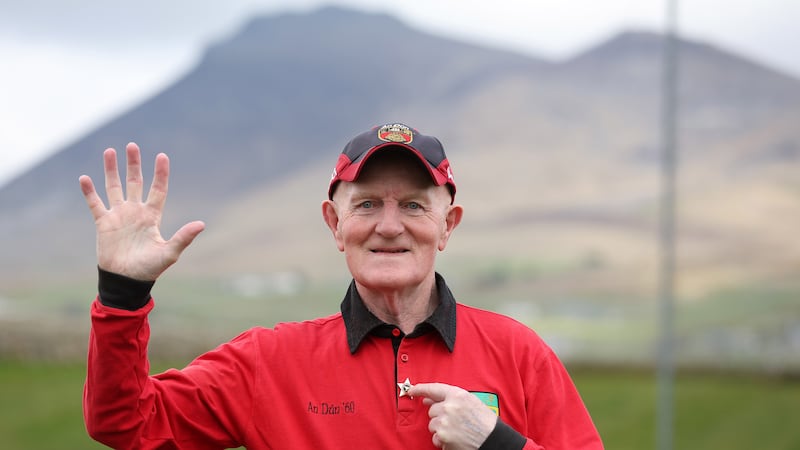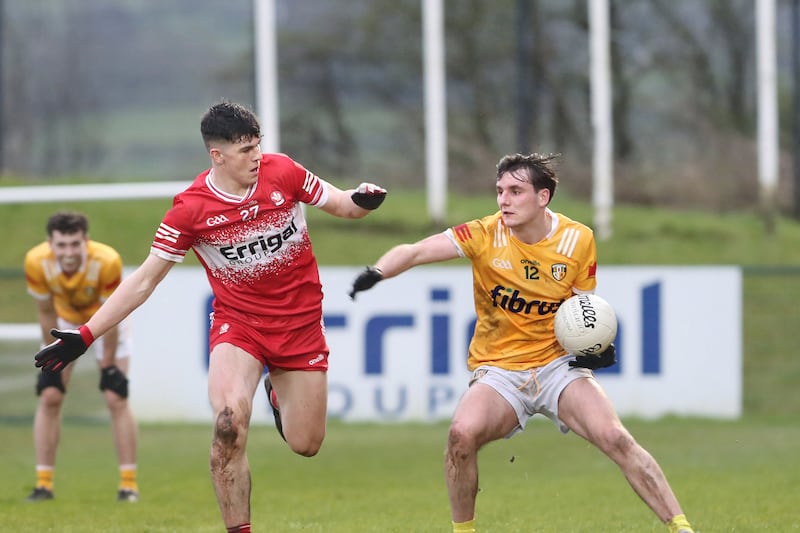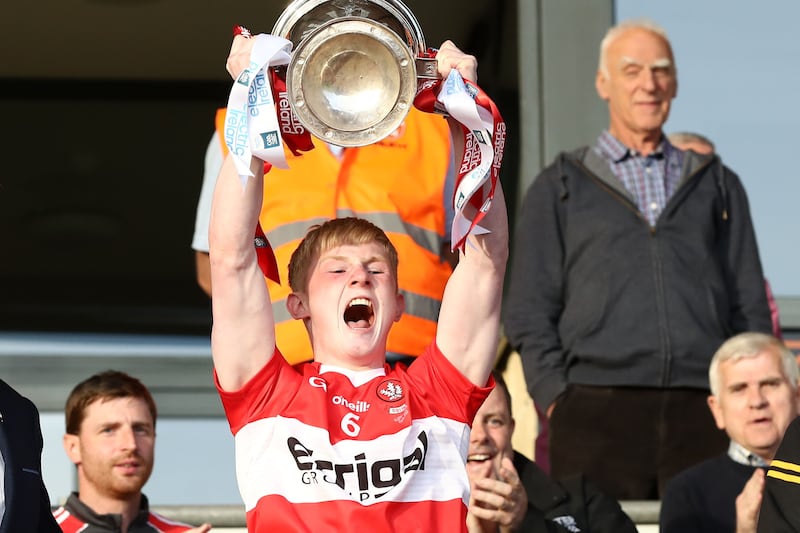THE re-development of Casement Park has suffered delay after delay since it was first announced but Antrim manager Lenny Harbinson believes passionately that the initiative is ''a strategic imperative for the province of Ulster.''
And Harbinson also insists that the British government commitment to the Casement Park initiative must be followed through and funding provided to cover an expected overspend on the proposed new stadium.
“There have been overspends in road projects and whatever else that have gone to judicial reviews and gone on once those have been passed,'' he said.
“Up around Toome there and the A5, those are strategic investments where the money needs to be found for it.
“You could make the case that Casement is the same, a strategic investment by the British government into the three associations of GAA, rugby and soccer.
Read More: British government must stand over its commitment to Casement Park
“They should stand over their part of the investment and if part of it has over-run through no fault of the GAA, then the GAA shouldn’t have to fork that money out, the government should.
“There are lots of justifications in terms of the community, well-being and getting young people involved in sport. There are benefits that are very hard to gauge from a financial point of view, but a lot of that is forgotten about.
“Close to 30,000 people will be able to sit under a stand, and we don’t have a stadium like that.
“You go to Munster and they have numerous grounds with seated stands on both sides. With our climate and everything else, it’s a strategic imperative that the province of Ulster has something like that.
“The precedent has been there in the past where major infrastructure projects have over-run because of reviews and delays, but the government have stood over them. That’s what I would be expecting the British government to do on those two counts.”
Pairc Úi Chaoimh ran close to €20m over the original budget and has become a burden on the finances of the GAA, both centrally and within Cork and Munster.
The GAA has given Cork a €10m loan on top of the €21.5m it owes the banks, and Harbinson believes that a more balanced approach such as the one taken by Ulster would have prevented such a stadium project ever being taken on in Cork when so many major stadiums already existed in Munster.
“Look at what Ulster have done in terms of stadiums. My understanding is Ulster have taken quite a balanced approach to stadium development.
“Your primary ground should be able to house people in bad conditions. You have lights in both venues. They’ve tried to replicate that model across every county in Ulster, and what they’re also endeavouring to do is to have one provincial stadium – Casement – which can hold 35,000 people for large events.
“That, to me, seems a very logical approach.
“When you benchmark it against Munster, where you have every county building their own big stadiums. You can go to Thurles, Pairc Úi Chaoimh, Killarney, Tralee, Limerick, they’ve all built big stadiums and many of them white elephants.
“Instead of saying what they need in each of those counties is similar to what’s in Ulster, compact and fit-for-purpose in terms of holding 20,000 people with one big stand, and then one major stadium that’s capable of hosting your Munster final with 45,000 people.
“On the whole theme of money and how we spend it, there’s a complete lack of strategic thinking and control.
“Is it any wonder that various elements of the GAA, which is not centrally controlled properly, are massively overspending and continuing to spend? The organisation, the way it’s structured, is not fit for purpose. Consequently, these issues are coming home to roost.”







